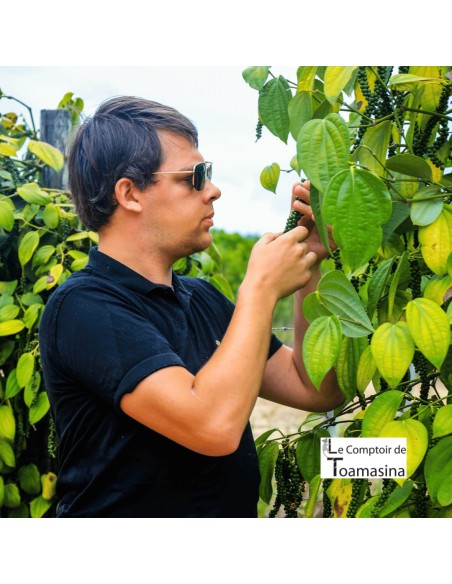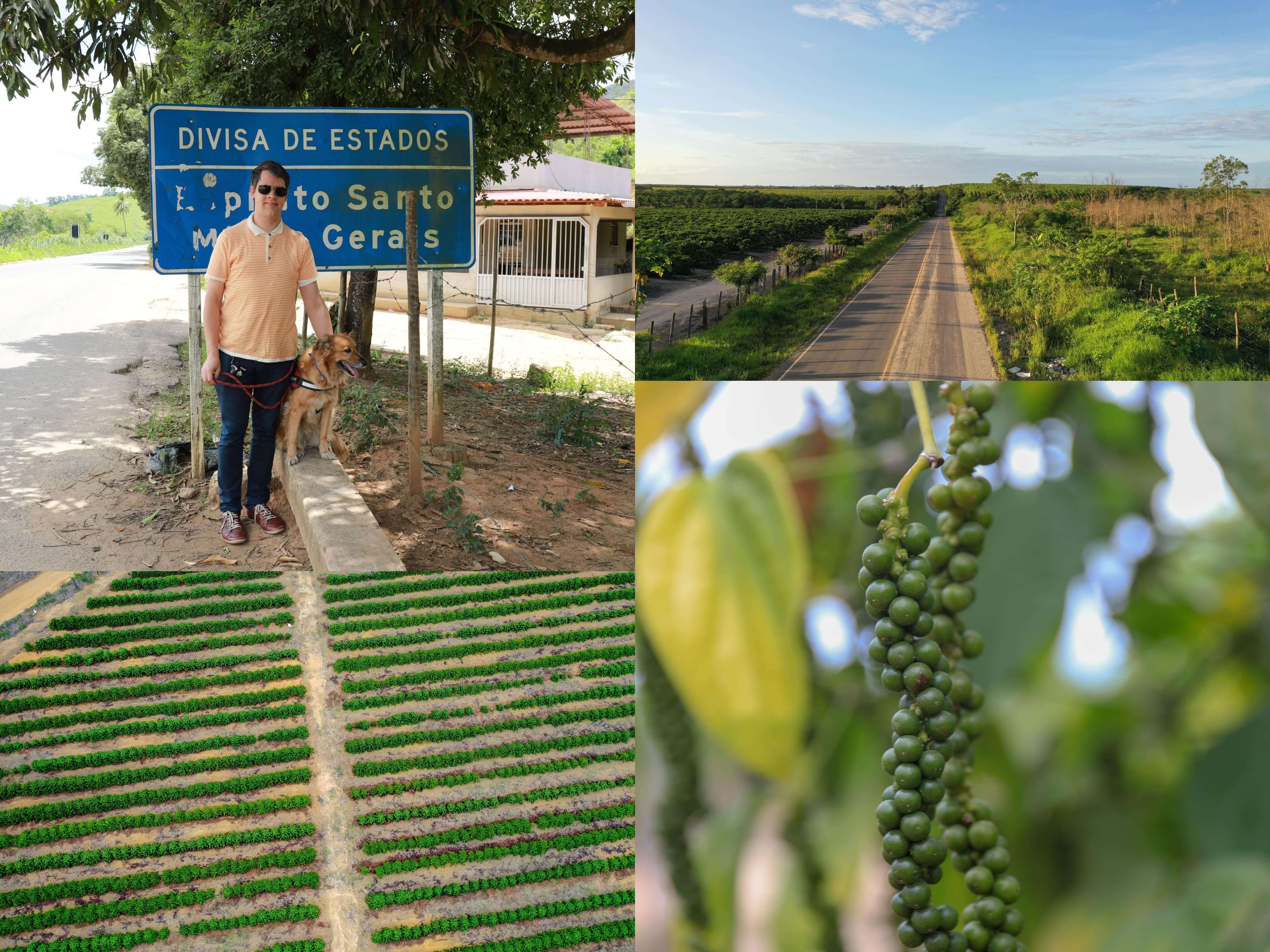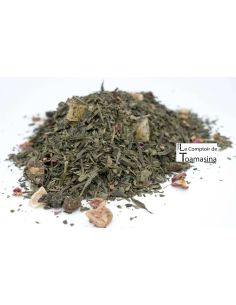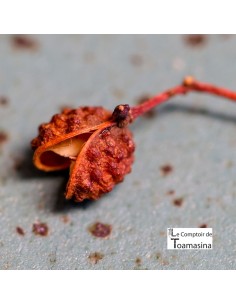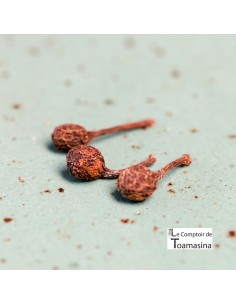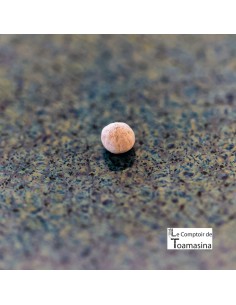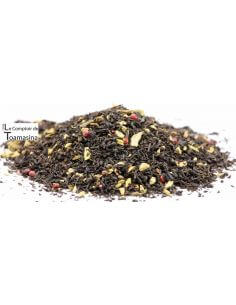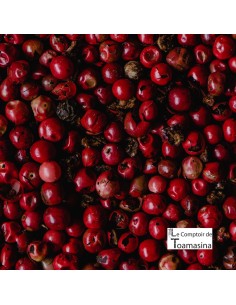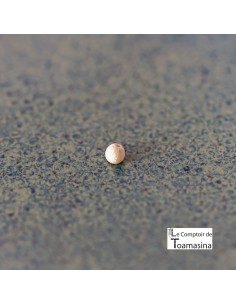Origin and History of Pimenta-do-Reino
Pimenta do Reino as it is called in Brazil, or black pepper, is native to the tropical regions of India. The history of this spice dates back thousands of years, making it one of the oldest and most valuable spices known to mankind.
Value and Use
For centuries, black pepper has been an extremely valuable commodity, used as currency and often referred to as "black gold." It is extracted from the fruits of a climbing plant, Piper nigrum, belonging to the Piperaceae family.
Worldwide distribution
Portuguese explorers played a crucial role in introducing black pepper from India to other parts of the world during the Great Discoveries of the 15th and 16th centuries. Since then, its cultivation has spread to various tropical regions, including Brazil, where it has found ideal growing conditions.
Importance in Brazil
In Brazil, black pepper has taken on particular importance in the north of the country, notably in the State of Pará and in Espírito Santo, becoming a significant agricultural product.
Introduction and Development to Espírito Santo
The cultivation of black pepper began in Espírito Santo around 1818, with the arrival of Portuguese immigrants who brought seeds from India. Favorable climate and soil conditions allowed a rapid expansion of production.
Interesting facts
The black pepper plant is a vine that grows on trees, requiring a tropical climate to thrive. Contrary to what its name might suggest, it is not related to peppers (Capsicum) known for their heat. Black pepper is primarily appreciated for its aroma rather than its spiciness and is one of the most widely consumed spices in the world.
Production and Export
In 2023, from January to October, the State of Espírito Santo accounted for 66% of revenues from Brazilian black pepper exports. More than 67% of the total volume exported by Brazil comes from this region. In 2022, Espírito Santo already represented 60% of the exported volume and 59% of the commercial value, according to data from the Data Management and Analysis of the Secretariat of Agriculture, Supply, Aquaculture and Fishing (GDN/Seag), based on statistics from Agrostat/Mapa and Comexstat/MDIC. From January to October 2023, 43.9 thousand tons were shipped to 72 countries, generating $133.1 million. The previous year, 51.5 thousand tons were exported to 77 countries, worth $181.9 million.
Local Production
Espírito Santo has approximately 11,700 farms dedicated to growing black pepper, representing 11% of the state's farms. Family farming constitutes 76% of these establishments. The cultivated area is expected to reach 19,685 hectares in 2023, marking an increase of 1.2% compared to 2022. Black pepper is traditionally grown in the north of the state and is present in 45 capixabas municipalities. São Mateus is the main producing municipality, with 35% of state production, followed by Jaguaré (12%), Vila Valério (9.8%), Rio Bananal (8%) and Nova Venécia (5.6%) ).

